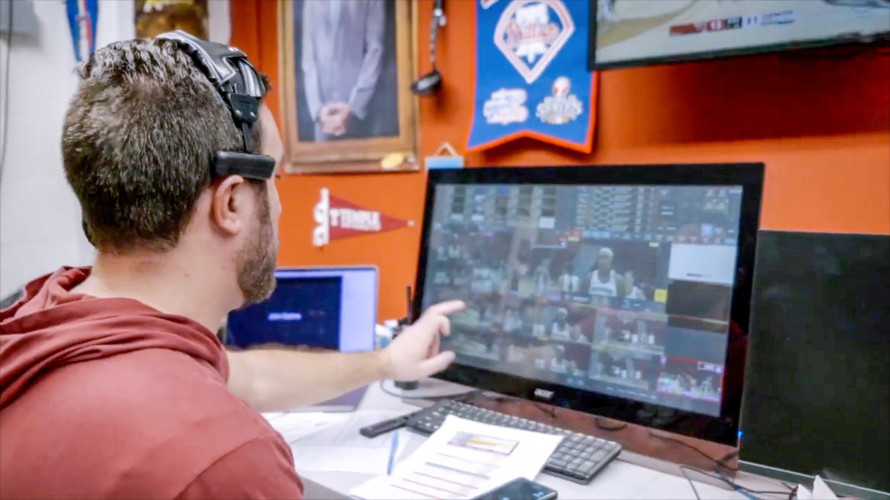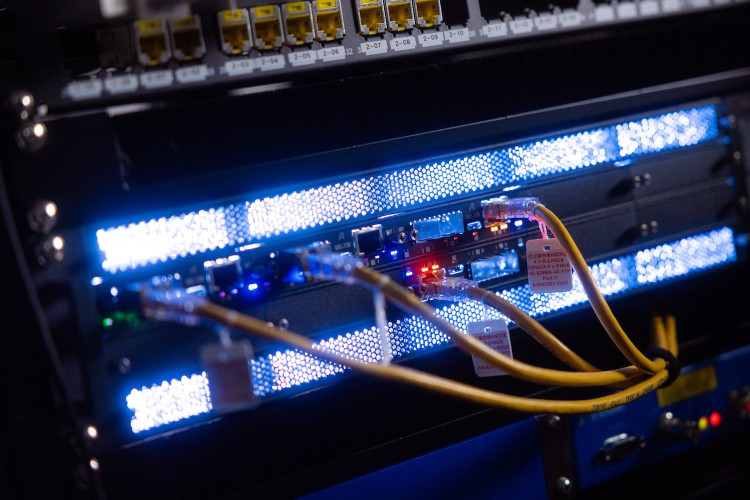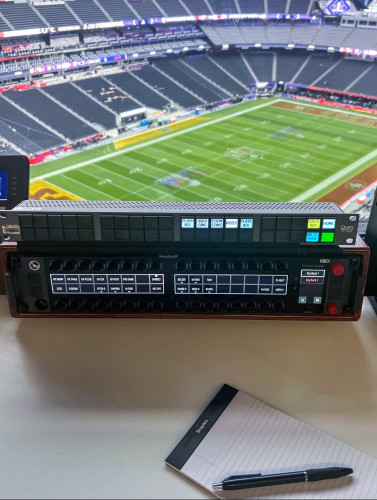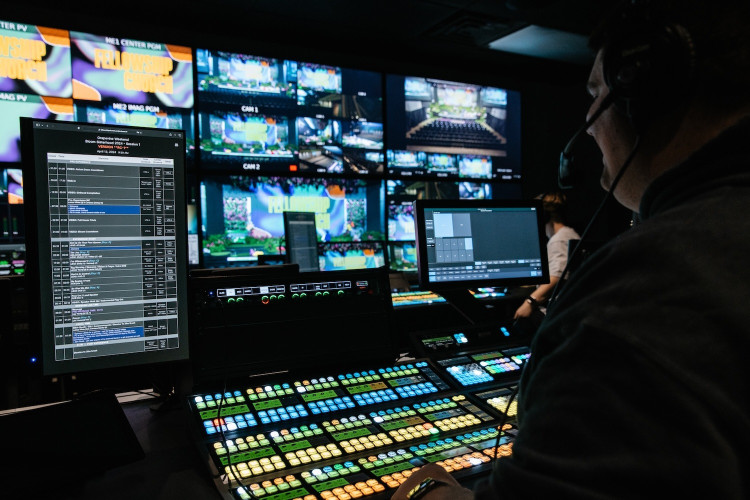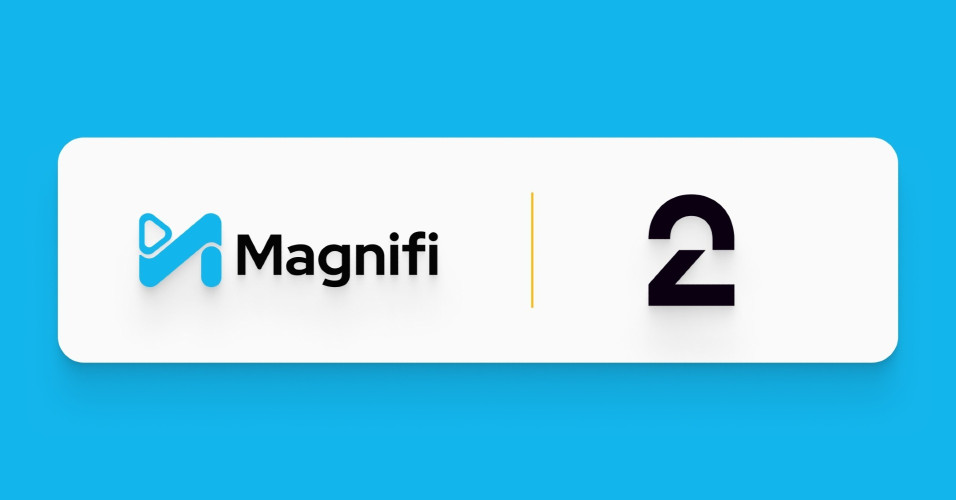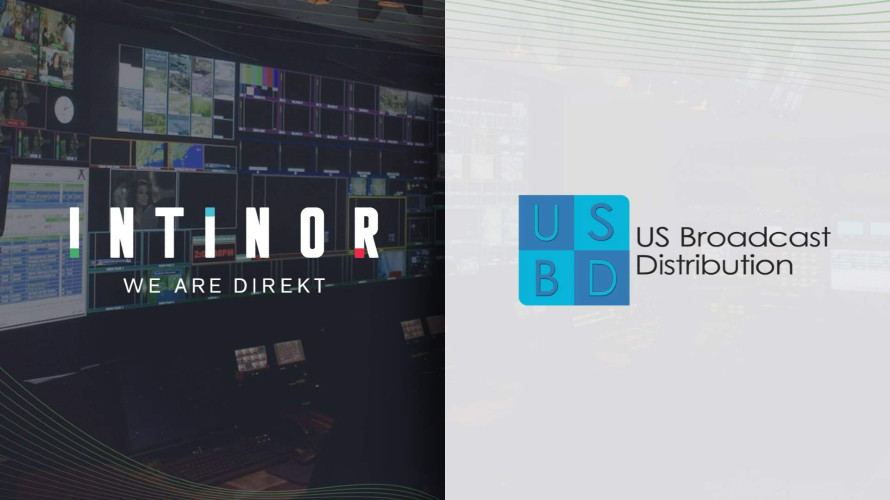by Peter Savage
Issue 83 - November 2013 I spent last Thursday evening with a longstanding friend discussing depreciation. I can see you all sitting up and taking note, thinking, Wow! This man Savage has a really exciting life ¦. But, hard as it might be to believe, it was a very interesting conversation and one that demonstrates how the market has changed over the years.
The 10 per cent rule
When I started out in this industry in the late 1980s, I realised quickly that there was money to be made out of funding hire companies, TV being a very capital-intensive industry and production companies being loathe, historically, to invest in kit. In those days, the rate for a days hire was based on the 10 per cent rule. You took the price of the kit - lets say a BVW75 at £40,000 -divided this by 10, and tried to get £4,000 a day for that machine. You only had to get 10 hires to recoup the price, which meant that hire companies were a goldmine, until new entrants smelled the coffee - or shall I say the money - and set up.
Slipping to one per cent
Some companies have changed the way this industry worked by stacking high and selling cheap. By the late 1990s, the formula had slipped to 100th of the price, or one per cent - for a £30,000 camera you would try to hire out the kit at £300 a day.
Up again, down again
The market sat at this level continuously until roughly two years ago, when it changed because of a proliferation of formats and cameras. Individuals could only dream of keeping all the types of kit that became available, so smaller cameras (like the old Z1s) that might have cost £3,000 were going out at £150 a day, bringing the return up to about five per cent of the cost, pushing up profitability.
However, since the Olympics everything has seemed that little bit harder. Prices have softened, with too many people chasing too little work - exactly the circumstances that mean depreciation has a huge impact on your balance sheet. False impressions
Depreciation should reflect the real price of the kit sitting on your shelves, and therefore the true impact on your balance sheet. Lets take an example: If you are in drama hire, you have to invest in a huge range of kit: cameras, lenses, track, dollies, filters, etc, perhaps buying £1m worth of equipment in a year. A filter is worth almost nothing in the resale market. The camera bodies and lenses maintain their prices, and the rest the peripherals probably dont. So, how much is that £1m actually worth at the end of year one? At the top end, perhaps it will be worth £650,000 to £700,000, which means you will have to earn enough to make a profit of £300,000 to £350,000 (or 33 per cent of the original value) to cover the cost, in lost value, of the kit, and thats before you pay for your staff and your premises, etc.
Historically, hire companies have written down (reduced) the value of their kit over five years, reducing kit worth £1m to a value of £300,000 or so. So despite the fact that, as I believe, camera kits and peripherals have no more than four years of life, most hire companies keep them in their balance sheets at 30 per cent of their original value after five years. This creates a false impression of the companys profits and of its value as a business.
In some extreme cases, film hire companies use a 10 year straight line depreciation formula which just about works on prime lenses but certainly doesnt on the small £5,000 to £10,000 cameras that are now regularly superseded (look at my earlier example of the Z1: that was the camera of the moment five years ago, but its been superseded three times, I reckon, by new models).
This over-inflation of the balance sheet means, first, that these companies are over-reporting their profits and, secondly, that their balance sheets are over-inflated. This is technically fine until things start to go wrong, forcing the company (or its accountants) to take a valuation of its stock, as that will show that its balance sheet nowhere near reflects the value of the business.
If you are reading this thinking this wont happen to you, Im sorry to say it is all too real. It happened to a dear friend of mine who had a £1m balance sheet but found he could not sell his kit for more than £100,000. His business had, unfortunately and for several years, been showing a profit, and was paying tax to the government based on an unrealistic value of its assets. He left the market very disillusioned.
So, my tip for the coming year is be realistic about the value of your assets and remember that the writing them down harder does not mean reducing your profit because, even if you sell at a higher amount and the higher value goes on your bottom line, you will be accounting prudently. This will mean that when the going gets tough, youll find it a lot easier to survive. Steady long-term survival is more prudent, financially, than short-term profiteering.
The impact of depreciation with Peter Savage

Author: Dick Hobbs.
Published 1st December 2013









